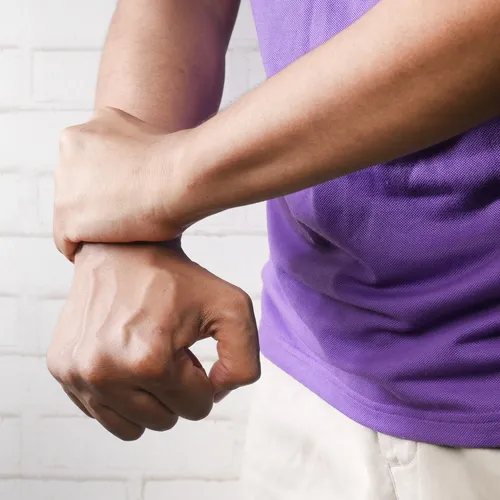Joint pain and stiffness are common issues that affect many people, especially with age. Understanding the stages of joint degeneration can help guide suitable natural remedies and lifestyle changes to ease symptoms.
Stages of Osteoarthritis Breakdown
Osteoarthritis, also called wear-and-tear arthritis, progresses through five key stages:
Stage 1-2: Mild
In early osteoarthritis, joint stiffness is typically worst when first getting up in the morning but eases with movement. There may be mild inflammation causing occasional discomfort.
Stage 2-3: Mild to Moderate
As osteoarthritis advances, people experience more persistent discomfort and pain when moving affected joints. This results from gradual age-related reductions in cartilage repair, joint lubricating synovial fluid, and nutrient supply to joint tissues.
Stage 3-4: Moderate
In moderate osteoarthritis, joint mobility declines noticeably and pain becomes more constant. This reflects worsening damage to collagen and cartilage, causing ongoing inflammation. Resulting physical pain and mental distress reduce quality of life.
Stage 5: Severe
Late-stage osteoarthritis leads to severe, unrelenting joint pain from extreme inflammation and bones grinding directly on each other. Joint movement becomes greatly restricted due to complete cartilage breakdown and fluid loss.
Key Supplements by Stage
Strategically supplementing with certain compounds can assist the body’s own joint tissue repair and anti-inflammatory capacities.
Stage 1-3: Mild to Moderate
- Glucosamine – Naturally produced compound used to build and maintain cartilage
- Chondroitin – Cartilage component that aids flexibility
- Copper – Helps form connective tissue compounds
- Omega-3 oils – Reduces inflammatory chemicals
Stage 3-4: Moderate
- MSM – Boosts repair and decreases inflammation
- Turmeric – Anti-inflammatory spice, works best with added black pepper
Stage 5: Severe
- Serrapeptase – Breaks down scar tissue and alleviates stiffness/swelling
Lifestyle Support for Joint Health
- Exercise – Low-impact activities like walking, swimming, and stretching keep joints mobile.
- Weight control – Carrying extra body weight adds strain to joint tissues.
- Posture – Good posture reduces mechanical stress on joints.
- Assistive devices – Canes, walkers, or splints take pressure off sore joints.
When to Seek Medical Care
Persistent swelling, redness, numbness, or unrelenting joint pain signals the need for professional medical evaluation. Doctors can assess joint damage, provide strong anti-inflammatory drugs if appropriate, and discuss surgery if joint replacement is required.
Photo by Towfiqu barbhuiya on Unsplash
Zoom Health is a leading UK supplier of Home Health Tests and Earplugs





